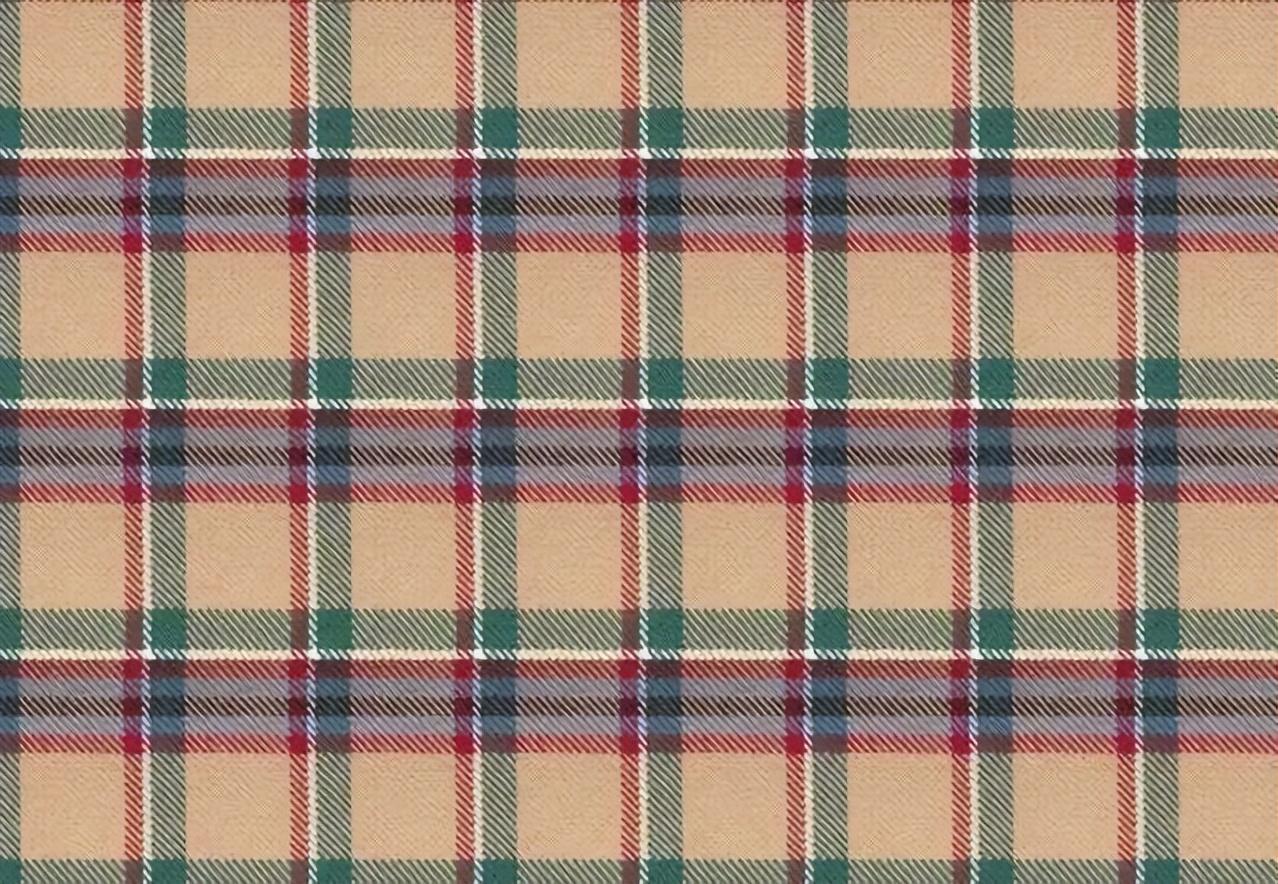The main reasons affecting the tensile and tear strength of fabrics
1. The breaking strength of warp and weft yarns , Strength related
It is related to the fiber raw material material and blending ratio of the yarn, the fineness of the fiber itself (count or special number) and the fineness of the yarn (count or special number), the finished yarn Factors such as uniformity, moisture regain or moisture content, single yarn or strands, the twist (twist coefficient) of single yarns and strands, and the storage life of the fiber or yarn are all relevant. There are also factors such as elastic fiber including its elongation that will cause large differences.
2. It has to do with the weaving method and weaving conditions of the fabric
It has to do with knitted fabrics and woven fabrics, and organizational structures (such as: plain weave, twill weave, satin weave, Jacquard, others, etc.), warp and weft yarn density.
The warp strength is different from the weft strength, and the bursting strength is also different. Whether the edge of the fabric is included, whether it is a solid edge or a raw edge, whether defects and wrinkles are avoided, and the distance from the edge of the original fabric There may be differences in distance (so the sampling must be at least 150 mm from the edge of the fabric).
In addition, the strength of sized gray cloth and desized cloth, cloth that has been dyed and finished, especially cloth that has been impregnated and specially finished will be very different. Weaving technology, dyeing, sanding, etc. all have an impact. Thick yarn shows better strength than thin yarn, twill is better than plain weave, unsanded is better than sanded, and the less corrosive the dyeing, the better.

3. Related to yarn strength and warp and weft density
To improve the strength of yarn-dyed fabrics, these two items must be improved. The stretch and tear strength of non-iron fabrics will also decrease after non-iron finishing, which directly affects the durability of the fabric. The tensile and tear strength of the fabric, the strength and elongation of the yarn, the interweaving resistance, and the shape and structure of the fabric before and after no-iron finishing have a significant impact on the strength.
The fabric made of yarns with high strength and elongation has a large stress triangle area when it is torn. The number of yarns that jointly bear the force is large, and the tearing strength is high. The tissue structure and warp and weft yarn density affect the interweaving points and slippage between yarns. If there are fewer interweaving points, the yarns will easily slip, and the tearing strength of the fabric will be high.
After a period of wearing of clothing during the actual wearing process, due to friction, the yarns in the fabric become thinner, and certain parts of the garment often undergo sudden tearing.
For example, when squatting, certain parts of the buttocks of pants and parts of clothing caught by sharp objects will cause the internal yarns of the fabric to be subjected to extreme loads one by one and break due to the external force exerted on these parts. During the use of textiles, if they are subjected to local concentrated loads for a long time, the strength may reach the limit and decrease, thereby affecting the tensile and tearing strength of the fabric.
Which fabric is resistant to friction?
Nylon cloth
Nylon was developed by the outstanding American scientist Carothers and a scientific research team under his leadership. It is the first fabric in the world. A synthetic fiber.
The wear resistance of nylon fabric ranks first among all types of fabrics. It is 10 times more wear-resistant than cotton and 20 times more wear-resistant than wool. Adding some polyamide fiber to the blended fabric can greatly improve the wear resistance. Improve its wear resistance; when stretched to 3-6%, the elastic recovery rate can reach 100%; it can withstand tens of thousands of bends without breaking. Many times higher than other fiber fabrics of similar products, therefore, its durability is excellent. Clothing made of nylon is suitable for making mountaineering clothing, winter clothing, etc.
Oxford cloth
Oxford cloth (oxford), also known as Oxford spinning. A traditional combed cotton fabric that originated in the United Kingdom and was named after Oxford University, Oxford cloth began around 1900. It uses finer combed high-count yarn as a double warp and is interwoven with a thicker weft yarn in a weft-heavy flat weave.
Soft color, soft fabric body, good breathability, comfortable to wear, easy to wash and quick-drying, often used as shirts, sportswear and Pajamas etc. It is also used to make bags due to its advantages such as good waterproofing and durability. There are many varieties of products, including plain color, bleached color, colored warp and white weft, colored warp and colored weft, medium and light color striped patterns, etc.; there are also products woven with polyester-cotton yarn.





